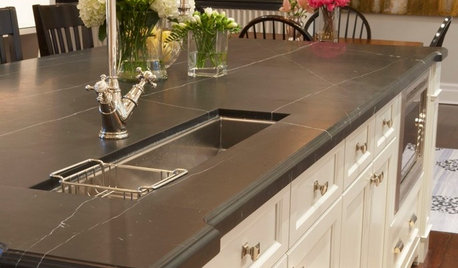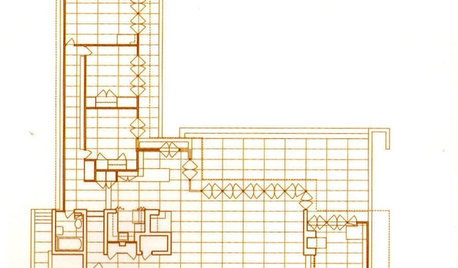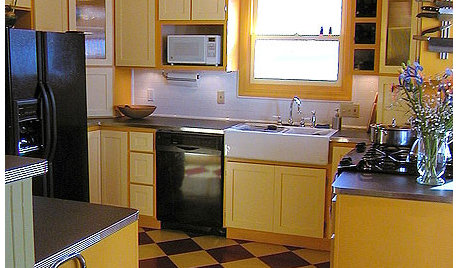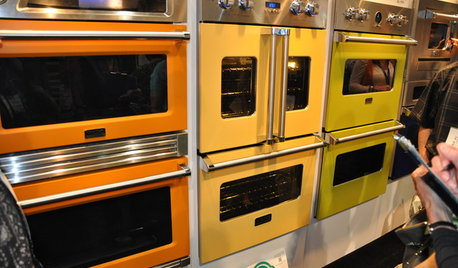Can I place kitchen sink 3' from plumbing?
kmcg
12 years ago
Related Stories

KITCHEN DESIGN8 Good Places for a Second Kitchen Sink
Divide and conquer cooking prep and cleanup by installing a second sink in just the right kitchen spot
Full Story
FEEL-GOOD HOME12 Very Useful Things I've Learned From Designers
These simple ideas can make life at home more efficient and enjoyable
Full Story
DECORATING GUIDESWhat We Can Learn From the Minimalists
Discover the power of simplicity and how to employ a less-is-more approach in your decorating scheme
Full Story
REMODELING GUIDESSee What You Can Learn From a Floor Plan
Floor plans are invaluable in designing a home, but they can leave regular homeowners flummoxed. Here's help
Full Story
KITCHEN DESIGNKitchen Remodel Costs: 3 Budgets, 3 Kitchens
What you can expect from a kitchen remodel with a budget from $20,000 to $100,000
Full Story
KITCHEN DESIGNStandouts From the 2014 Kitchen & Bath Industry Show
Check out the latest and greatest in sinks, ovens, countertop materials and more
Full Story
FUN HOUZZEverything I Need to Know About Decorating I Learned from Downton Abbey
Mind your manors with these 10 decorating tips from the PBS series, returning on January 5
Full Story
LAUNDRY ROOMSSoak Up Ideas From 3 Smart Laundry Rooms
We look at the designers’ secrets, ‘uh-oh’ moments and nitty-gritty details of 3 great laundry rooms uploaded to Houzz this week
Full Story
GARDENING AND LANDSCAPING3-Season Rooms: From Unused Space to Fab Outdoor Kitchen
Clean lines, a serious grill and even a Kegerator make this Oregon outdoor room a spring-to-fall joy
Full Story
BATHROOM DESIGN3 Award-Winning Bathrooms From 2013 KBIS to Judge for Yourself
See if you agree with the Kitchen and Bath Industry Show judges on these glam, nature-loving and girly bathroom designs
Full Story


brickeyee
lazypup
Related Professionals
Minnetonka Mills Kitchen & Bathroom Remodelers · Cocoa Beach Kitchen & Bathroom Remodelers · Ewa Beach Kitchen & Bathroom Remodelers · Key Biscayne Kitchen & Bathroom Remodelers · Kuna Kitchen & Bathroom Remodelers · New Port Richey East Kitchen & Bathroom Remodelers · Newberg Kitchen & Bathroom Remodelers · Olney Kitchen & Bathroom Remodelers · Pico Rivera Kitchen & Bathroom Remodelers · Pueblo Kitchen & Bathroom Remodelers · Red Bank Kitchen & Bathroom Remodelers · South Plainfield Kitchen & Bathroom Remodelers · Warren Kitchen & Bathroom Remodelers · Cave Spring Kitchen & Bathroom Remodelers · Sharonville Kitchen & Bathroom RemodelerskmcgOriginal Author
brickeyee
davidro1
shadetree_bob
brickeyee